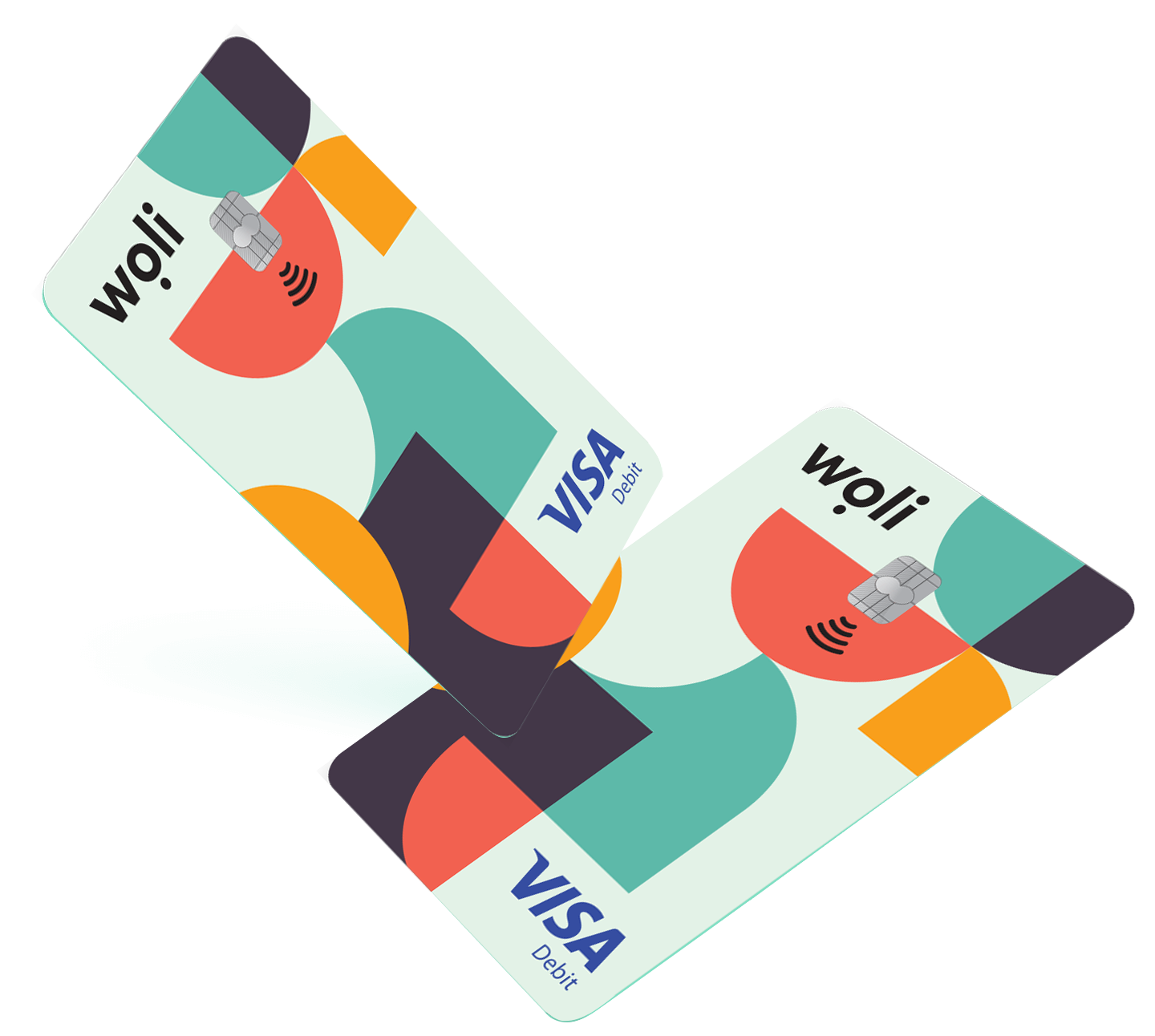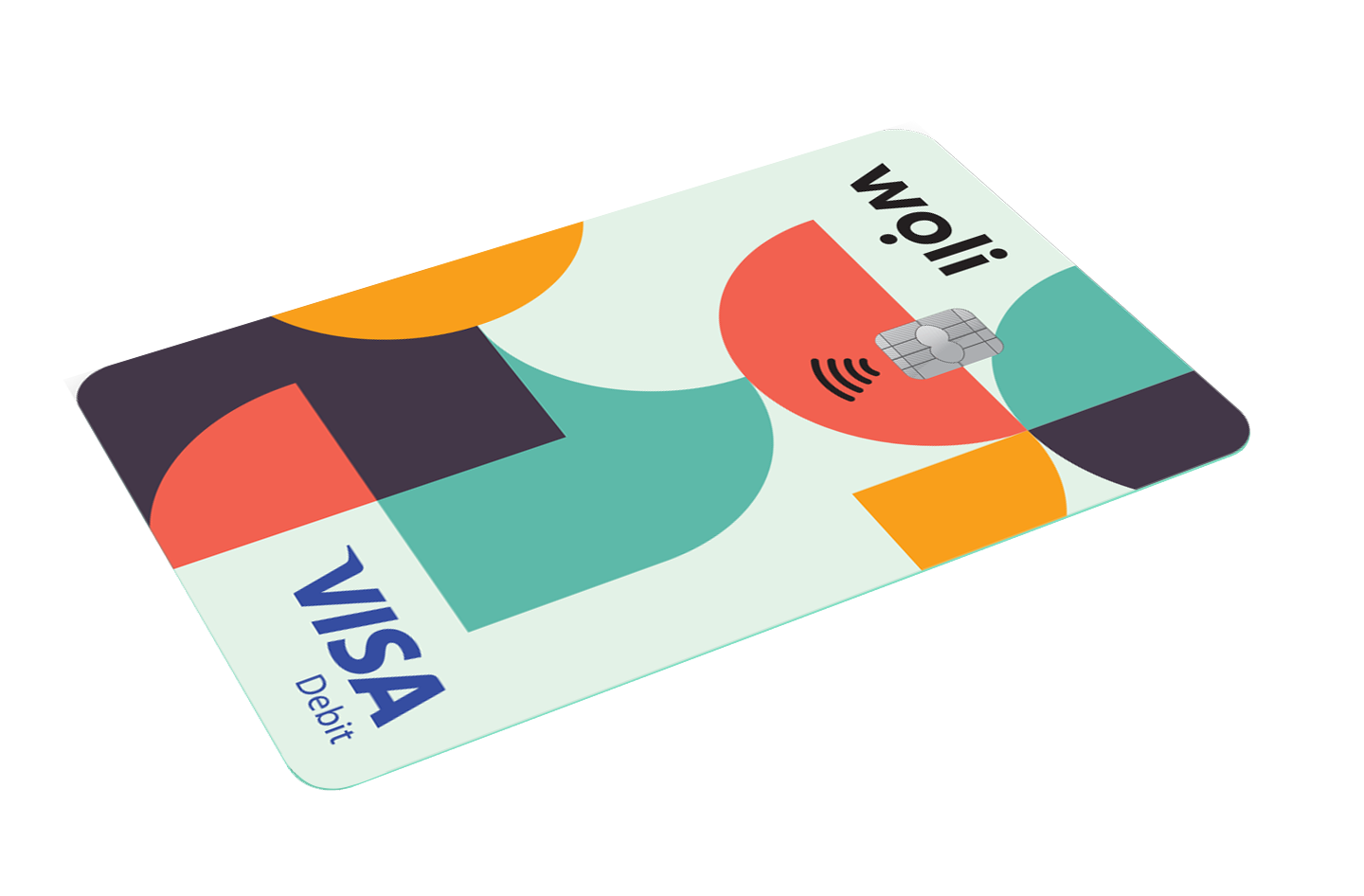Banks are eager to promote their credit card offering to consumers, and it is tempting to think that you can spend now and pay later . If one does issue a credit card, the approval letter starts with a big “Congratulations! You have been issued a credit card with a €5.000 credit limit”. All sounds really exciting, but there should also be a warning. Credit limits are an opportunity to create debt. Yes, credit cards are a banking tool that has its place, but if misused, it can cause damage.
The average American has $6,194* in available credit, which means he has $6,194 in debt. In Europe people are a bit more wary of credit cards, however installment payments are fairly common use, which also shows a big appetite for credit. (Klarna fintech being the highest valued startup in Europe!)
Shouldn’t we explain to children who witness our card transactions, the potential misunderstanding in credit payments?
What does your child assume?
We very rarely talk to our children about the assumptions they make. But making assumptions about credit payments is financially dangerous. Children understand money as a tangible thing: They put coins in their pockets, their receive banknotes for their birthday. So when their parents fill the supermarket basket and just swipe a plastic card, they might assume that the products didn’t cost a thing!
Opportunity to Explain
In Europe, from all non-cash transactions, 48% are done with cards (debit or credit).** During such a transaction, a great moment is created to explain to children that the card notifies the bank to send money to the store from your account. It is an opportunity to explain that “mommy and daddy work hard to make money, some of which is traded in the store to buy whatever the family needs, but we are always careful to not spend more than we have”. If your children are older, you can also show them your card transaction history, to drive home the point that cash-free purchases are money withdrawn from your account.
Practice Makes Perfect
With money apps, like Woli, children are given the opportunity to practice and understand better the concept of cashless payments. By setting regular pocket money and rewarding chores, children earn money that they learn to manage, and see how everything they spend with a card is directly connected to their account.
*Experian 2019
**ECB






